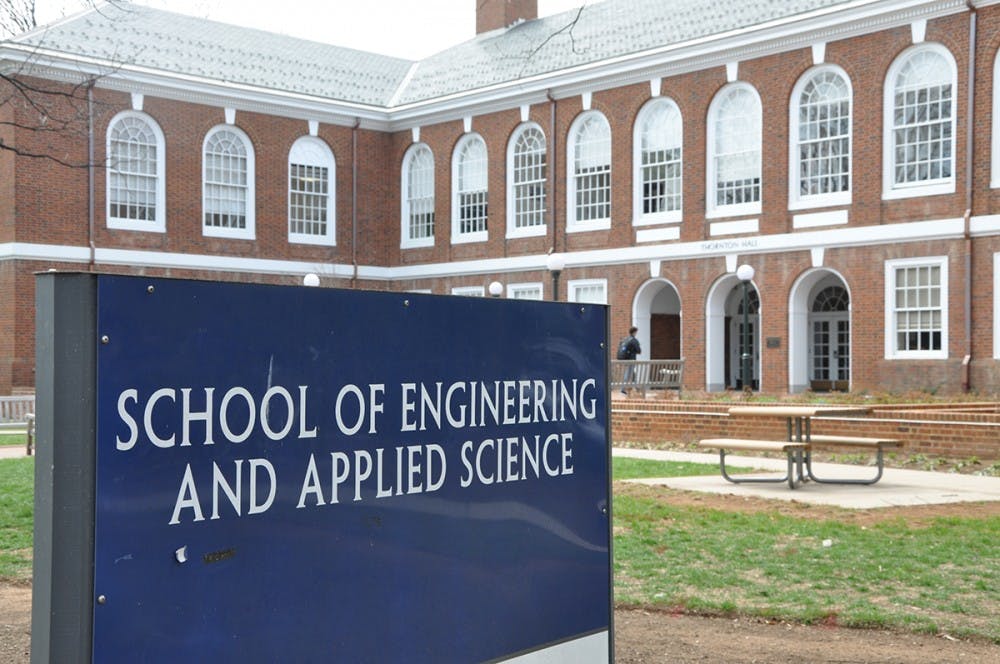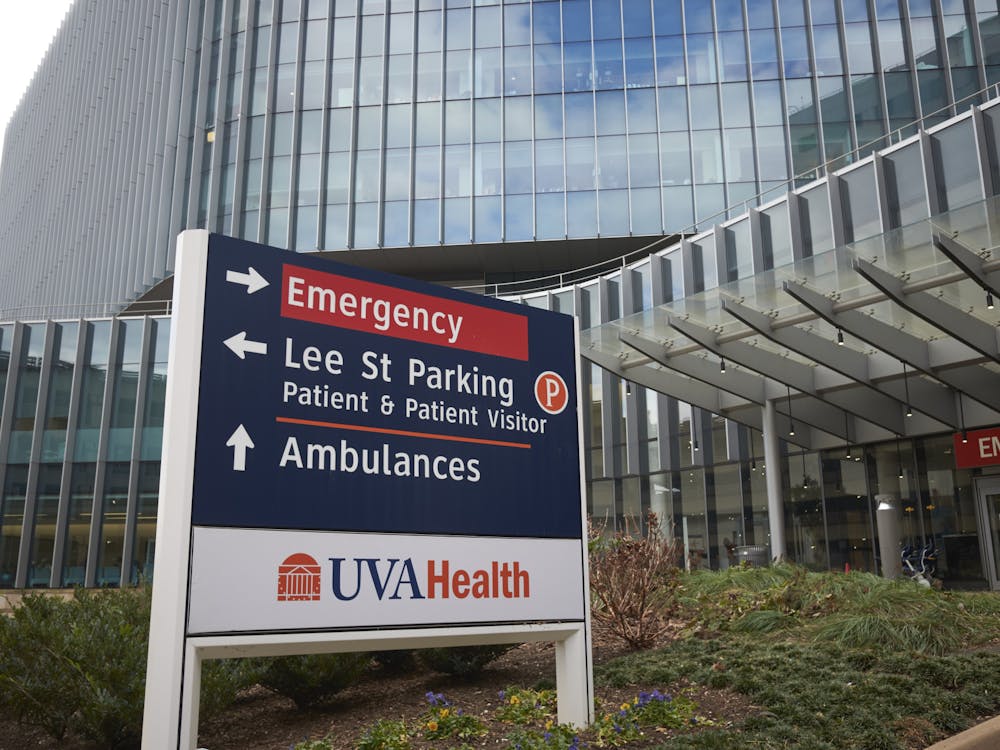The School of Engineering and Applied Science decided to remove major enrollment caps for all Engineering School majors for the first time in the 2017-18 academic school year. An enrollment cap is a limit on the number of people that can be in a major.
Lloyd Harriott, the associate dean for Undergraduate Education at the Engineering School, said that the department experienced many issues with caps. The selection of students for particular majors was primarily based on grades earned in the first semester, which he said was not in the best interest of students since they were motivated to take courses that they could secure good grades in, rather than courses that they were genuinely interested in.
John Gates, the associate dean for Diversity and Inclusion, recognized another major problem with this system. Research has shown that minority students — including women, first-generation students and low-income students — have lower GPAs during the first semester in comparison to the rest of the student body. However, these groups improve their grades over the next four years and sometimes do better than the majority group at the end.
“We had a system that was effectively greatly favoring students who did really well right away in their first semester, which was primarily majority students,” Gates said.
According to Harriott, caps created a competitive environment as students had an illusion that the majors that had more limited spots were somehow better than other majors. Yet, in reality, the caps were set based on the faculty available and sizes of classrooms and laboratories.
Some students say this change allows them to take more classes that they are interested in.
“I like the fact that we don't have caps on majors anymore since it takes a lot of pressure off of first-year engineers, allowing them to explore different majors within the Engineering school,” first-year Engineering student Prachi Yadav said.
First-year College student Deepak Goel, who is transferring to the Engineering School, said that it would have been more difficult for him to get into the computer science major if there was a cap.
Harriott said removing caps did not make a drastic difference in the actual number of students who got the major they wanted. In the past, when caps existed, around 90 percent of students would get their first choice anyways.
“We tried to turn it around from how many students each major can accept to what the department needs to accept the number of students that want that major,” Harriott said.
Rather than restricting the number of students who can take a certain major, the Biomedical Engineering and Computer Science departments started offering more sections of courses and hiring a greater number of teaching faculty to accommodate more students. Thus, the competition for getting into classes has not increased by removing major caps.
Harriott said the Engineering School is attempting to focus students on the careers they would like to pursue, rather than on a specific major. Furthermore, since the number of students who are interested in the different majors does not change abruptly, it is possible to manage the gradual changes that occur over the years.
According to Harriott, certain trends are present when looking at the Class of 2021, who just declared their majors in March. The most popular major in the Engineering School is Computer Science, with 191 students out of 646 total students.
“When I first got here in 2001, it was the least popular major and now it is the most popular,” Harriott said.
Gates said removing caps for the Computer Science major resulted in a year-over-year increase of more than 20 additional students declaring this major.
“This is a big deal for us, because it means that more students are getting to study in their first choice,” Gates said.
The next most popular major is Biomedical Engineering, a relatively new major that was created in 2003. The enrollment for this major has been slightly increasing over the past few years.
The majors with the smallest number of students are Civil Engineering, Electrical Engineering and Engineering Science — a major which allows individuals to combine two minors to create their own major. The enrollment for these majors, which were initially popular, has been declining nationally.
In terms of racial diversity, the removal of caps did not really affect the representation of majority students. According to Gates, the highest year-over-year change was 3.9 percent.
However, minority students faced much larger changes. For instance, the largest change was in Chemical Engineering, where there was a growth of 11.6 percent in minority students.
“This tells us that, since declarations were now the choice of the student, [underrepresented minority] representation was changing to take advantage of the policy,” Gates said. “We believe this has made the Engineering School a more accessible and equitable place.”





